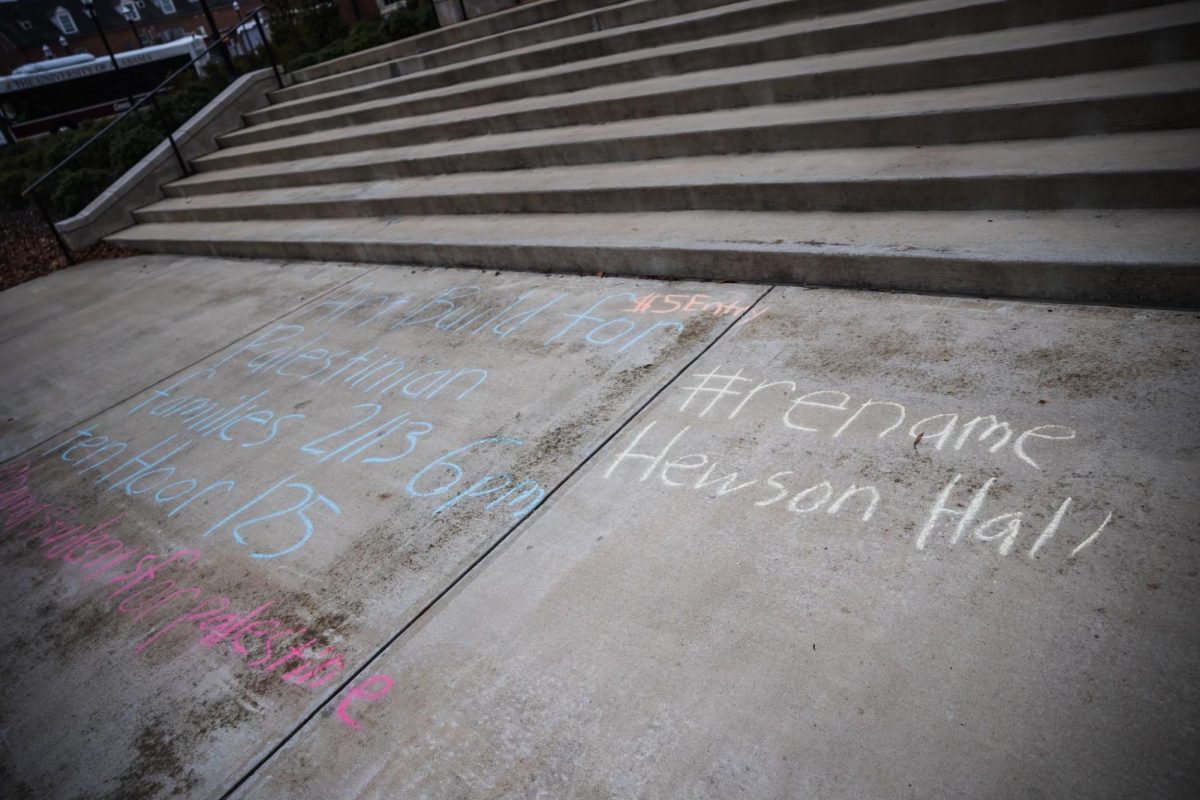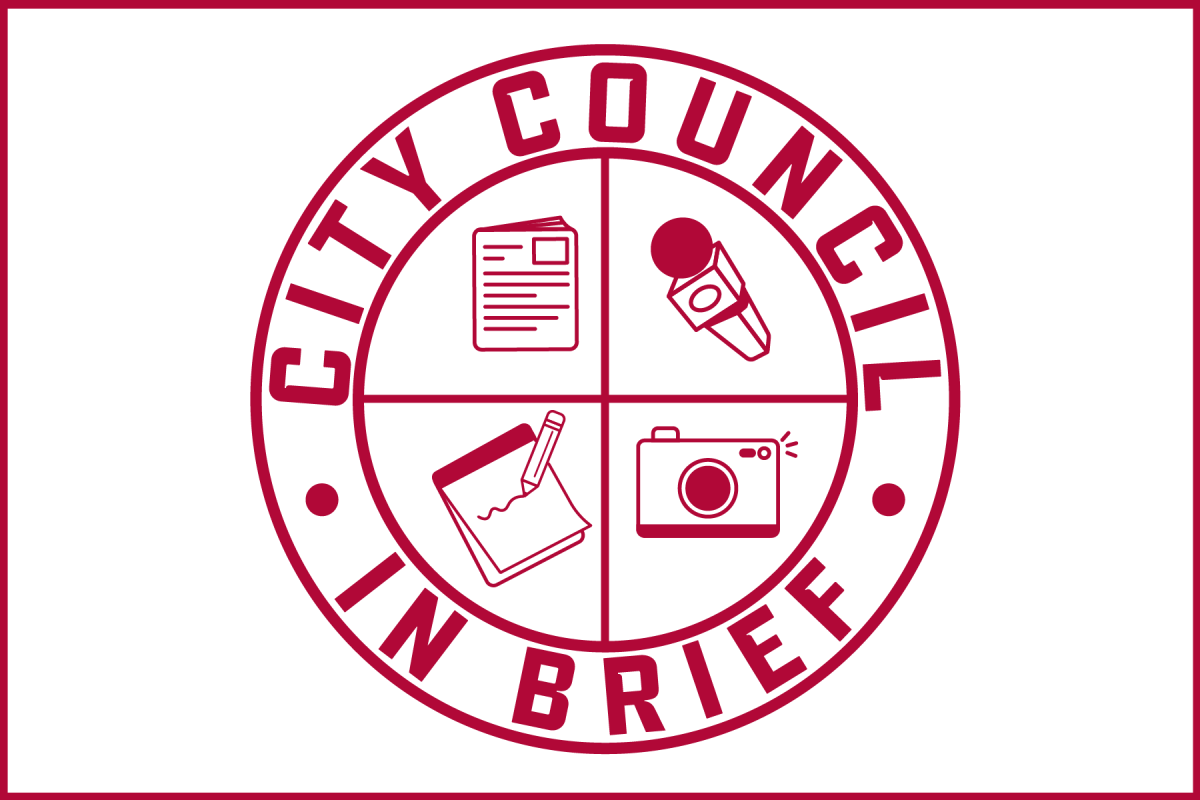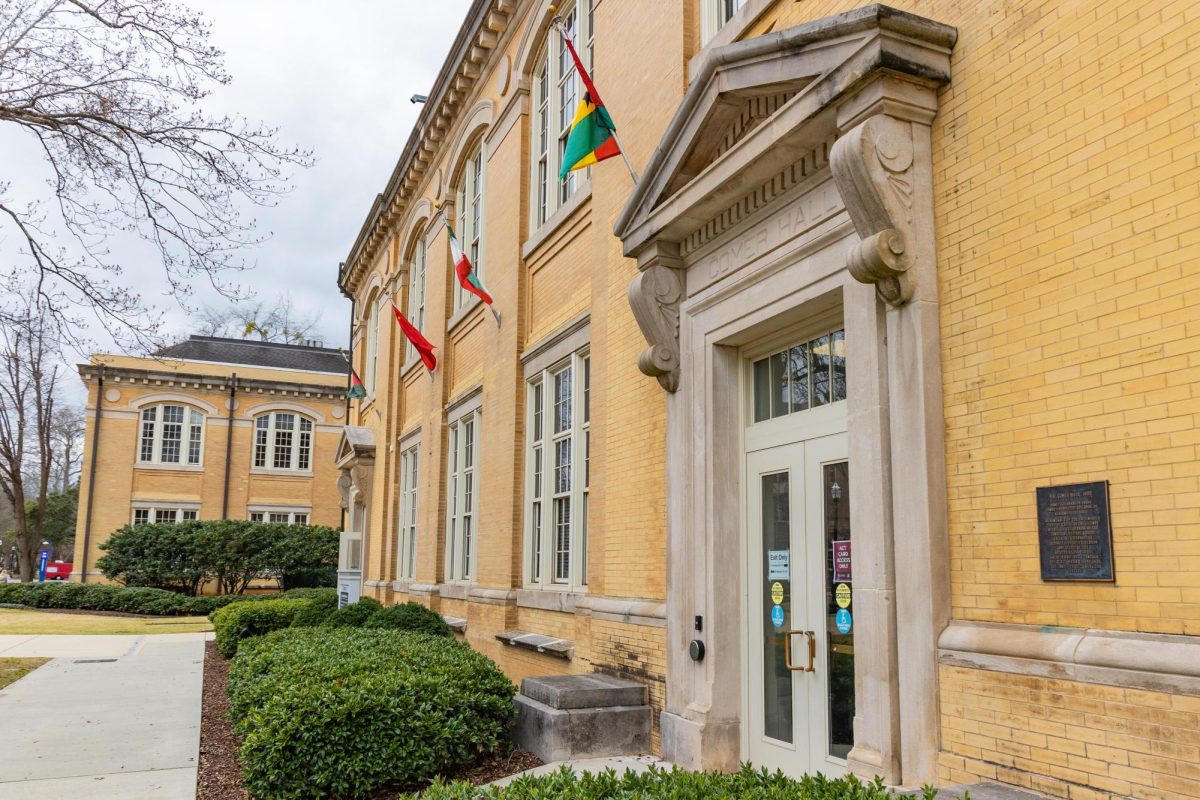College students’ mountain of student debt just got a little smaller.
Last month, President Barack Obama announced a plan to make paying off federal student loans cheaper and easier, cutting monthly interest rates by a third and forgiving all leftover debt after 20 years, five years sooner than the previous law.
Speaking at the University of Colorado in Denver, Obama said the new policy aims to address the large amount of student debt in the US – more than $1 trillion, reported the Huffington Post – in the face of rising tuition rates.
“We’re going to put [the plan] into effect next year, because our economy needs it right now, and you could use a boost right now,” Obama said to students.
Congress enacted an income-based repayment plan in 2010 that capped monthly payments for federal student loans at 15 percent of the borrower’s discretionary income, to take effect in 2014. Under the new “Pay as You Earn” plan, the cap will drop to 10 percent and some borrowers will receive the benefit as early as next year.
Most of those affected will be current students or recent borrowers whose income is sufficiently low enough upon entering the workforce that monthly payments are a significant financial burden, according to CBSnews.com
The plan will not affect private student loans, but according to a White House fact sheet, the changes could benefit 1.6 million students, lowering payments for some by hundreds of dollars a month. Additionally, the payment process would be simplified, consolidating multiple payments into one bill.
Third-year law student Hunter Addams owes $60,000. He said crushing loans often force his classmates into desperate career choices when they graduate.
“When they finish, they have the skills to do wonderful things for the United States, but you force those people to take other jobs because they have to pay their loans back,” Addams said. “[The plan] might give new graduates an opportunity to use their skills in a way that’s better for the economy and the United States in general.”
Jamie Woodham, head of UA College Democrats, said Obama is fulfilling his promises to the generation that helped him get to office in 2008.
“The fact that Obama is putting this forward shows that he is addressing the issue,” Woodham said.
But as appealing as it is for young people, professor of economics Bob Brooks said the plan just may be too good to be true.
“Although it seems nice and feasible for certain constituencies, those constituencies should be smart enough to know one day they’re going to be on the other side of this,” Brooks said.
Brooks argued that rather than reduce collective student debt, more safety nets for indebted students would only make it easier for reckless borrowing, a mentality that helped lead to the problem in the first place.
“In the past, if you entered into an obligation, you really felt a moral responsibility to pay it back,” Brooks said. “Now students think, ‘Well, I’ll just borrow money and get a college degree in something I’m interested in, and if it doesn’t work out, someone else will have to pay for it.’ That ‘someone’ is you and me.”
Woodham admitted that he is wary of certain parts of the plan, but nevertheless thinks something ought to be done to make higher education more financially accessible.
“I do think the plan is open for negotiation, but something needs to be done,” Woodham said. “The most important thing is that we’re talking about it now.”








